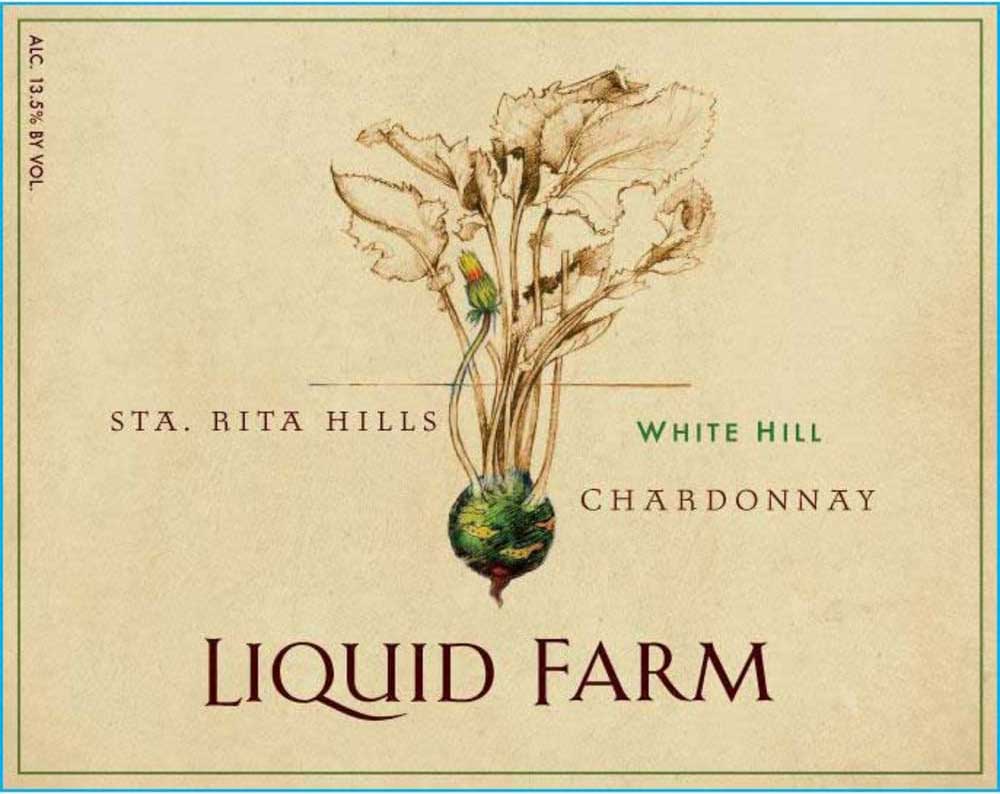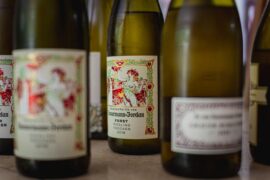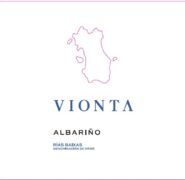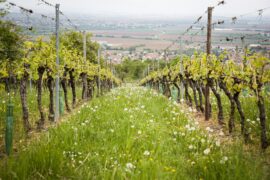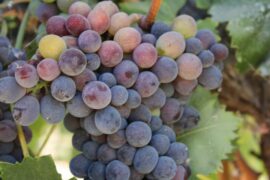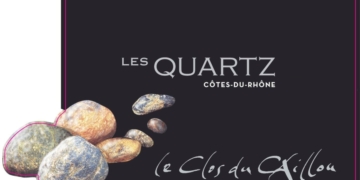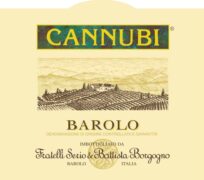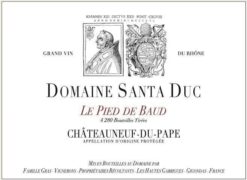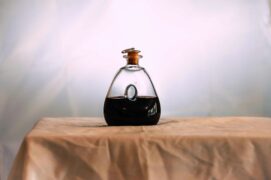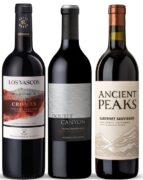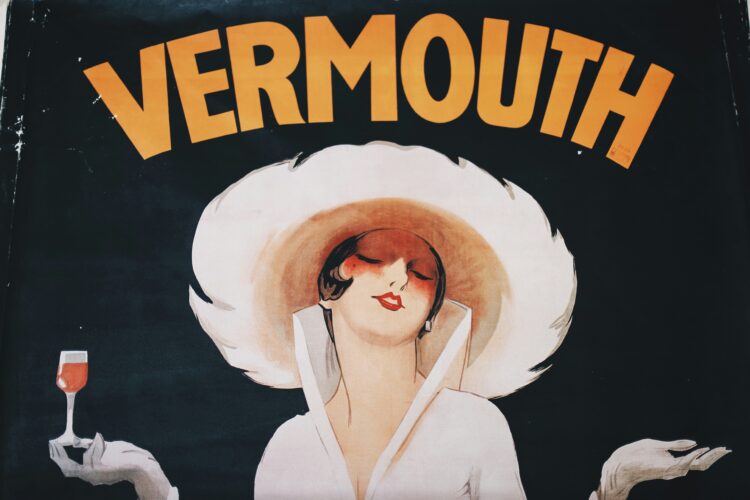Vermouth is a fortified, spiced wine primarily produced in northern Italy and southern France. It can be either dry or sweet, with its distinctive flavor coming from the herb wormwood. In addition to wormwood, vermouth often contains a blend of wild spices and herbs like juniper, cloves, vanilla, and rose petals. The exact recipes are usually closely guarded secrets. The name “vermouth” is derived from the German word for wormwood, wermut.
How Vermouth is Used
Vermouth is commonly enjoyed as an aperitif before meals, either on its own with ice or mixed with soda water. It’s also a popular ingredient in classic cocktails such as the Dry Martini, Americano, and Negroni.
How Vermouth is Made
Vermouth production starts with a simple, dry white wine, which is flavored with a mix of herbs and spices, either directly or using extracts. The mixture is then sweetened and fortified with grape distillate, raising the alcohol content to around 15-20%. It’s typically bottled after filtration and pasteurization, though some white vermouth from France is aged outdoors in small oak barrels.
Varieties: White, Red, or Rosé
White vermouth comes in both dry and sweet versions, while red and rosé vermouth are always sweet. The red or pink hue is usually achieved with caramel coloring. French vermouth tends to be dry, whereas Italian vermouth is typically sweet and red.
Vermouth in Cooking
Dry vermouth can be used as a flavorful addition to various dishes or as a base for sauces. In cooking, vermouth serves a similar purpose to white wine, but it adds spicier, deeper, and more complex aromas, especially in recipes with fish, seafood, poultry, or light meats.
In recipes, dry vermouth can often be replaced with white wine, white wine vinegar, or chicken broth, though substituting it with sweet or red vermouth is not recommended.
How Long Does Vermouth Last?
Due to its relatively low alcohol content, vermouth doesn’t have a long shelf life. Once opened, it begins to oxidize and lose flavor after about a week, similar to white wine. However, sweet and red varieties tend to last a bit longer because the sugar helps preserve them.
A Tradition Rooted in Italy
The tradition of flavoring wine with various herbs dates back to antiquity. By the 1500s, wormwood-flavored wine had gained popularity in northern Italy. Large-scale production began in the Piedmont region in the late 1700s, and vermouth then spread to France and the rest of the world. Vermouth reached peak popularity in the mid-20th century.



